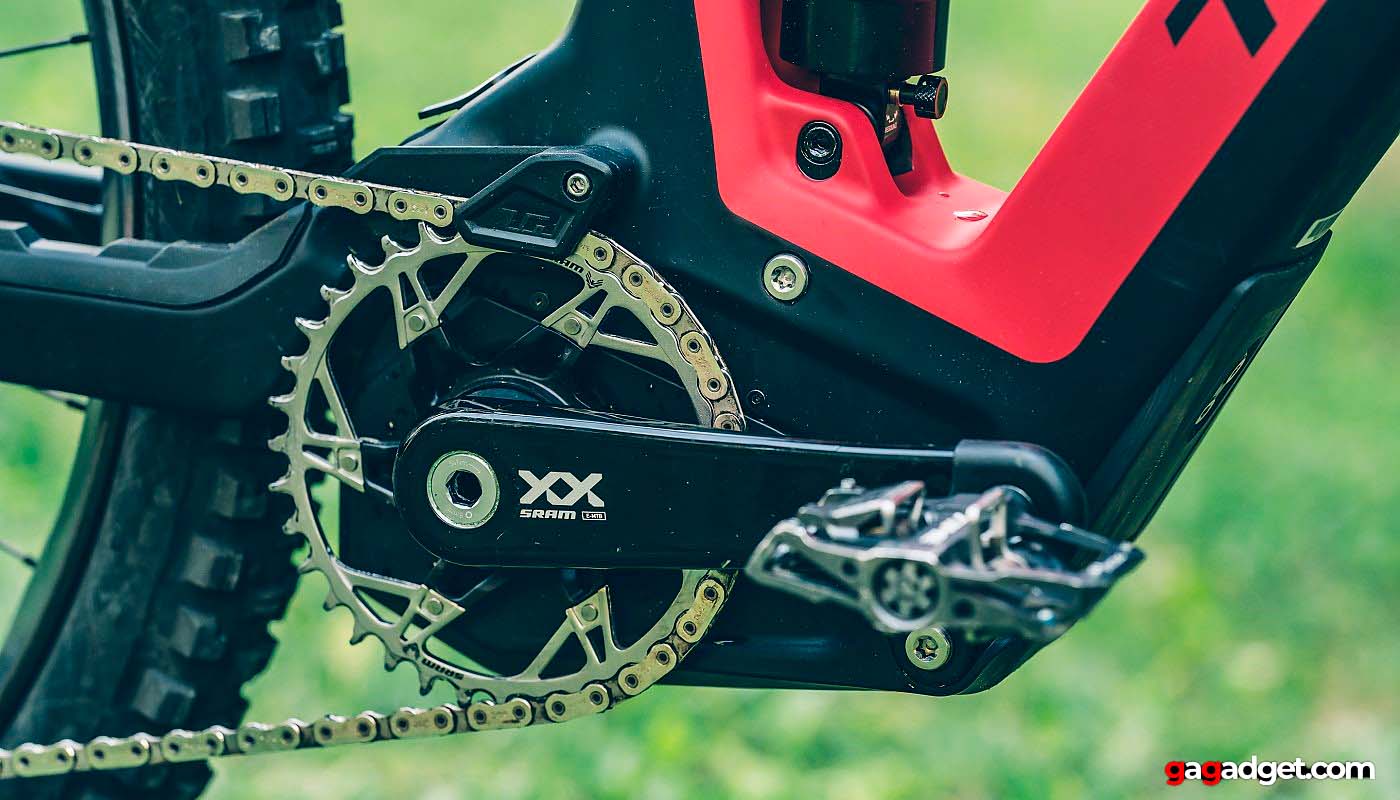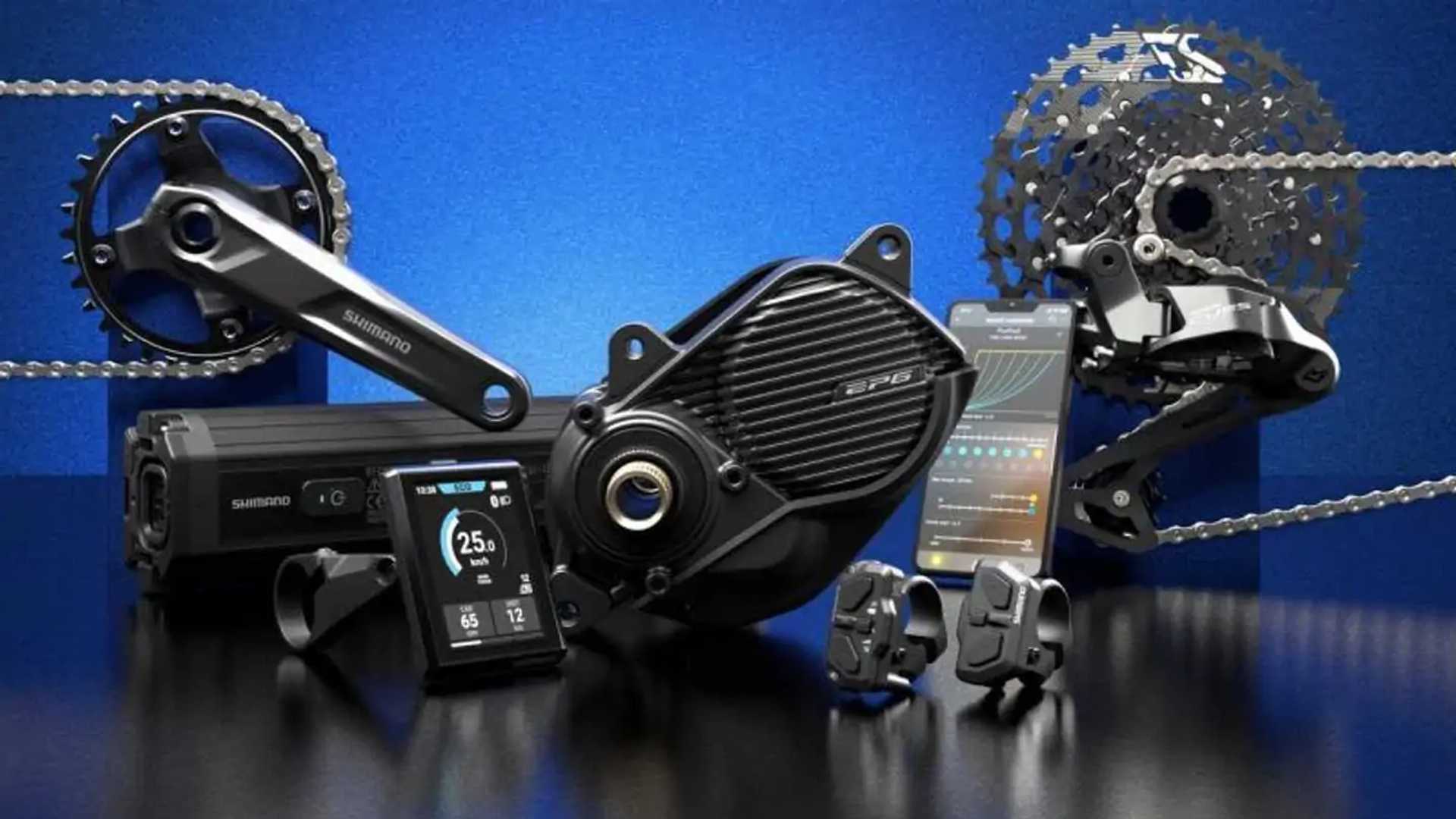E-Bike Drivetrain
The drivetrain is the heart of an electric bike, consisting of the motor and the gear shifting system. Understanding the different types of motors and how they interact with the gear shifting mechanism is essential for choosing the right e-bike and getting the most out of your riding experience.
This article will explore the various motor types and gear shifting options available on e-bikes, helping you make informed decisions when selecting or upgrading your electric bicycle.
Short answer: E-bikes come with two main types of motors: hub motors and mid-drive motors. Hub motors are located in the front or rear wheel hub, while mid-drive motors are positioned at the bottom bracket. Each motor type has its advantages and disadvantages in terms of power, efficiency, and compatibility with gear shifting systems. The choice of motor and gear shifting combination depends on factors such as riding style, terrain, and personal preferences.
- Types of E-Bike Motors
- Hub Motors vs. Mid-Drive Motors
- Gear Shifting on E-Bikes
- Matching the Motor and Gear Shifting System
- E-Bike Drivetrain: Maintenance and Upgrades
- E-Bike Drivetrain FAQ
Types of E-Bike Motors

There are two primary types of motors used in e-bikes: hub motors and mid-drive motors. Each type has its own set of characteristics, advantages, and disadvantages.
Hub motors are located in the center of either the front or rear wheel and provide propulsion by directly spinning the wheel. There are two subtypes of hub motors: geared and direct-drive. Geared hub motors use a planetary gear system to reduce the motor's speed and increase torque, making them more efficient and better suited for climbing hills. Direct-drive hub motors, on the other hand, have no gearing and offer a simpler, more durable design with regenerative braking capabilities.
Mid-drive motors, as the name suggests, are positioned at the center of the bike, usually at the bottom bracket where the crankset is attached. These motors transfer power to the rear wheel via the bike's chain and cassette, allowing them to leverage the bike's existing gears. Mid-drive motors offer several advantages, such as better weight distribution, improved torque, and more natural pedaling feel. They also put less strain on the bike's drivetrain components compared to hub motors.
Hub Motors vs. Mid-Drive Motors
When choosing between hub motors and mid-drive motors, consider the following factors:
- Power and torque: Mid-drive motors generally offer higher torque and better low-speed performance, making them well-suited for climbing steep hills and navigating challenging terrain. Hub motors, particularly direct-drive models, tend to have lower torque but can achieve higher top speeds;
- Efficiency: Mid-drive motors are typically more efficient than hub motors, as they can take advantage of the bike's gears to optimize power output. This efficiency translates to longer range and better battery life;
- Weight distribution: Mid-drive motors are centrally located, resulting in a more balanced weight distribution and improved handling. Hub motors, especially rear hub motors, can make the bike feel rear-heavy and affect maneuverability;
- Maintenance: Hub motors are generally easier to maintain and replace, as they are separate from the bike's drivetrain. Mid-drive motors, while more complex, put less strain on the drivetrain components, potentially extending their lifespan;
- Cost: E-bikes with hub motors are often more affordable than those with mid-drive motors, due to the simpler design and installation process. However, the long-term costs may even out when considering factors such as efficiency and drivetrain wear.
Gear Shifting on E-Bikes

Gear shifting on e-bikes works similarly to traditional bicycles, with the addition of motor assistance. The two most common types of gear shifting systems are derailleur gears and internal gear hubs (IGHs).
Derailleur gears are the most popular and consist of a chain, front chainrings, and rear cassette. The derailleur moves the chain between the different cogs, allowing the rider to change gears. Derailleur systems offer a wide range of gears and are generally lighter and more efficient than IGHs. However, they are also more exposed to the elements and require more frequent maintenance.
Internal gear hubs, as the name implies, house the gears within the rear hub. The gears are sealed from the elements, making IGHs more durable and low-maintenance compared to derailleur systems. They also allow for gear changes while stationary, which can be helpful in urban environments. However, IGHs are typically heavier, offer fewer gear options, and may be less efficient than derailleur gears.
When selecting a gear shifting system for your e-bike, consider factors such as riding style, terrain, maintenance requirements, and personal preferences. Derailleur gears are well-suited for riders who prioritize performance and efficiency, while IGHs may be a better choice for those who value durability and low maintenance.
Matching the Motor and Gear Shifting System
Pairing the right motor type with the appropriate gear shifting system is crucial for optimizing your e-bike's performance and overall riding experience. Here are some factors to consider when matching motors and gear shifting:
| Factor | Description |
|---|---|
| Compatibility | Ensure that the motor and gear shifting system are compatible with each other and with your e-bike's frame and components. Some motors may have specific requirements or limitations when it comes to gear shifting options. |
| Riding style and terrain | Consider your typical riding style and the terrain you'll be encountering most often. For example, if you frequently ride on steep hills or off-road trails, a mid-drive motor paired with a wide-range derailleur gear system may be the best choice for tackling those challenges. |
| Efficiency and range | If maximizing efficiency and range is a top priority, consider pairing a mid-drive motor with a derailleur gear system. This combination allows you to optimize your pedaling efficiency and make the most of your battery's capacity. |
| Maintenance and durability | For riders who prioritize low maintenance and durability, an IGH paired with a geared hub motor may be the ideal setup. This combination minimizes exposure to the elements and reduces the need for frequent adjustments and repairs. |
| Budget | Keep in mind that different motor and gear shifting combinations come with varying costs. Mid-drive motors and high-end derailleur gear systems tend to be more expensive than hub motors and IGHs. Choose a combination that fits your budget while still meeting your performance and reliability needs. |
E-Bike Drivetrain: Maintenance and Upgrades
To keep your e-bike's drivetrain running smoothly and efficiently, regular maintenance is essential. This includes cleaning and lubricating the chain, cassette, and derailleur (if applicable), as well as inspecting the motor and gears for signs of wear or damage. Consult your e-bike's manual or a qualified bike mechanic for specific maintenance recommendations and intervals.
As your riding skills and preferences evolve, you may want to consider upgrading your e-bike's drivetrain components. This can include installing a more powerful motor, switching to a different gear shifting system, or upgrading to higher-quality components for improved performance and durability. When making upgrades, always ensure compatibility with your e-bike's existing components and consult with a professional if you're unsure about the installation process.
E-Bike Drivetrain FAQ

Can I convert my regular bike to an e-bike with a hub motor?
Yes, it is possible to convert a regular bike to an e-bike using a hub motor conversion kit. These kits typically include a hub motor, battery, controller, and other necessary components. However, the success of the conversion depends on factors such as the compatibility of the bike's frame and components, the quality of the conversion kit, and your mechanical skills. It's essential to research and choose a reputable conversion kit and follow the installation instructions carefully.
How do I know if my e-bike's drivetrain needs maintenance?
There are several signs that your e-bike's drivetrain may need maintenance or repair. These include unusual noises (e.g., grinding, creaking, or clicking), poor shifting performance, visible wear or damage to components, and reduced motor efficiency or power output. If you notice any of these issues, it's best to consult your e-bike's manual or a qualified bike mechanic to diagnose and address the problem.
Can I upgrade my e-bike's motor to a more powerful one?
In some cases, it may be possible to upgrade your e-bike's motor to a more powerful one. However, this depends on factors such as the compatibility of the new motor with your e-bike's frame, battery, controller, and other components. Upgrading to a more powerful motor may also require additional modifications, such as reinforcing the frame or upgrading the battery capacity. Before considering a motor upgrade, consult with a professional e-bike mechanic to assess the feasibility and potential costs involved.
E-Bike Drivetrain: Conclusion
The drivetrain of an e-bike, consisting of the motor and gear shifting system, plays a crucial role in determining the overall performance, efficiency, and riding experience. By understanding the differences between hub motors and mid-drive motors, as well as the characteristics of derailleur gears and internal gear hubs, riders can make informed decisions when selecting or upgrading their e-bike drivetrains.
Matching the right motor type with the appropriate gear shifting system is essential for optimizing the e-bike's performance based on factors such as riding style, terrain, efficiency, maintenance, and budget. Regular maintenance and timely upgrades can help keep the drivetrain running smoothly and efficiently, ensuring a safe and enjoyable riding experience.
As e-bike technology continues to advance, staying informed about the latest developments in motors and gear shifting systems will help riders make the most of their electric bicycles. By carefully considering the various aspects of e-bike drivetrains and making informed decisions, riders can unlock the full potential of their e-bikes and enjoy the many benefits of electric cycling.
You may also like:
